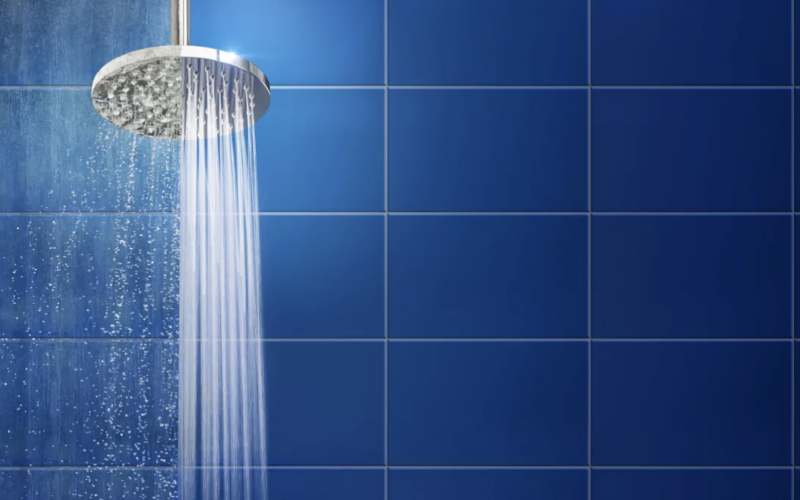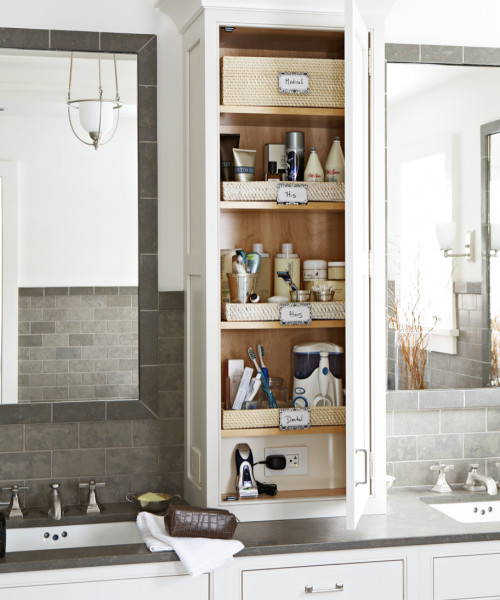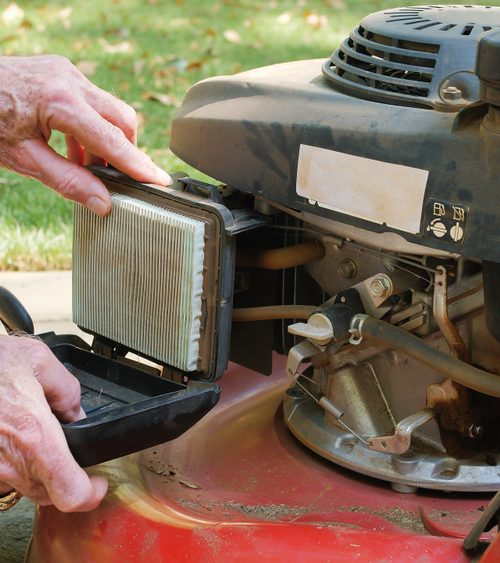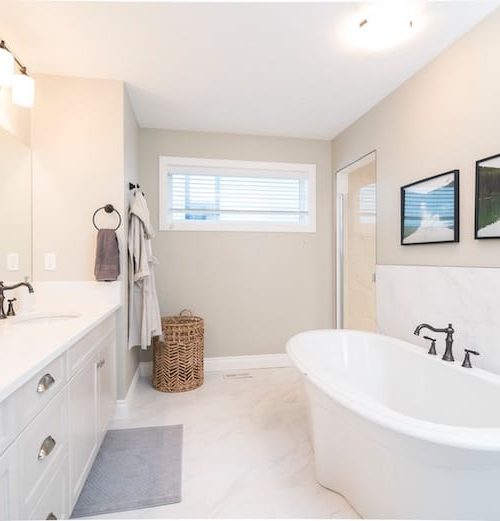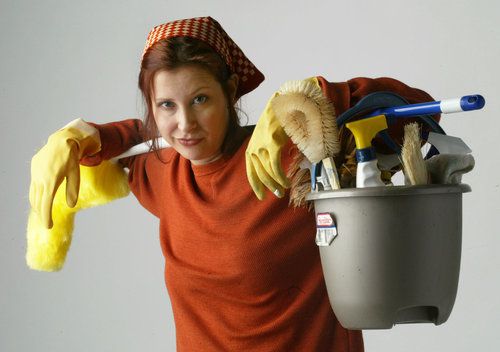Erin Gobler | CNET.Com
Troy Warren for CNT #HomeGarden
Learn how to save money and water when you shower.
Showering is something that most people do every day, or at least every other day. And while most of us consider it to be a necessity, it also accounts for a large percentage of your weekly water and electricity usage. Adjusting your shower time just slightly can not only help the environment, but it can also save you money. Keep reading to learn more about the ideal shower length, how much you can save by taking shorter showers, and how to reduce your water usage.
How much time should you spend in the shower?
Studies have found that the average American spends about 8 minutes in the shower. And considering a standard showerhead uses about 2.5 gallons of water per minute, most of us use about 20 gallons of water each time we shower.
There’s not necessarily a recommended amount of time to spend in the shower. However, shaving just 3 minutes off of your shower time can help reduce your energy spending, as well as help to conserve water overall. And the good news is that according to Healthline, the recommended shower length for your skin is between 5 and 10 minutes, meaning you’re combining energy and health benefits.
How much you can save by spending less time in the shower
If you’re a homeowner, you’re responsible for paying for the water you use. And if you rent your home, you either directly pay your water bill, or you indirectly cover the costs through your rent checks. And if you pay your water bill directly, then you can save money by spending less time in the shower.
Even if you don’t pay for your own water, shorter showers will still help your wallet. The cost of your water heating system is a part of your utility costs. In fact, according to the Department of Energy, it accounts for about 18% of your home’s utility bill.
Between your water bill and your electricity bill, there is potential for savings by spending less time in the shower. The amount you can save depends on your current water and electricity costs and how much you reduce your usage. The EPA estimates that switching to a more water-efficient showerhead can save you about $70 per year, and that doesn’t even account for the savings of shorter showers.
It’s also important to note that the benefits of spending less time in the shower aren’t just about your pocketbook. Not only can taking shorter showers save money, but it can also save an incredible amount of water.
The standard showerhead uses about 2.5 gallons of water per minute. If you shaved just one minute off your daily shower, you could save more than 900 gallons of water per year. And if every American did that, it would save billions — yes, billions — of gallons of water per year.
Remember that while freshwater is considered a renewable resource, its supply is limited in some areas. And in some cases, nature’s ability to replenish the water supply simply can’t keep up with how quickly we use it. As a result, everything that individuals do to conserve water benefits not just your wallet, but everyone around you.
How to reduce your shower energy consumption
Monitor your energy usage
Many of us likely don’t realize how much time we spend in the shower, which can make it difficult to change our habits. As a starting point, consider monitoring your water usage. You’ll have a better idea of how much time you’re spending in the shower and can set a goal for how much you’d like to reduce your shower time by.
Change your shower head
According to the Department of Energy, changing your shower head can go a long way in helping to save water. And when combined with shorter showers, the impact will be even greater.
The average standard showerhead uses about 2.5 gallons of water per minute. But a showerhead with the WaterSense label uses no more than 2.0 gallons per minute. So even without changing shower habits, the average American could reduce their water usage by 4 gallons per shower.
Don’t let the water run before your shower
Many people are in the habit of starting the shower water and then letting it run for a few minutes to get to their desired temperature. You might even get sidetracked during this time or tackle another small task.
One simple way to reduce your energy usage is to wait until you’re ready to step into the shower to turn it on. You could save yourself several gallons of water per day, and hundreds of gallons (or more) over the course of a year.
Take colder showers
Even if you can’t take shorter showers, you can still save money on energy by taking colder showers. Because you pay for water heating, reducing your water heating needs will also cut your energy bill, even if just slightly.
Take fewer showers
According to the American Academy of Dermatology, there’s no reason for most people to shower more than once per day, especially if you don’t engage in physical activity that would cause you to sweat. If you shower more often, perhaps as a way to relax, try to reduce the number of showers you take.
The bottom line
You might be surprised just how much of your home’s water and energy is used in the shower. While the average American only spends about 8 minutes in the shower, the gallons can really add up over time. Luckily, there are plenty of ways to reduce your energy usage and energy bills, simply by making a few small changes to your routine.



























